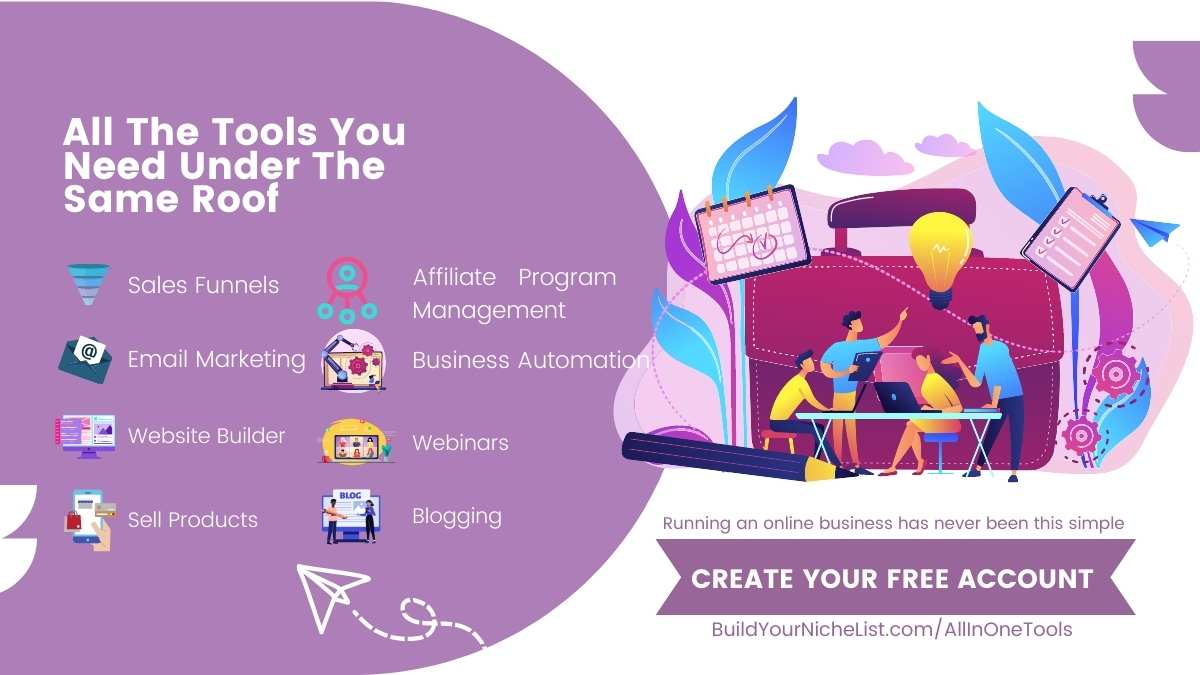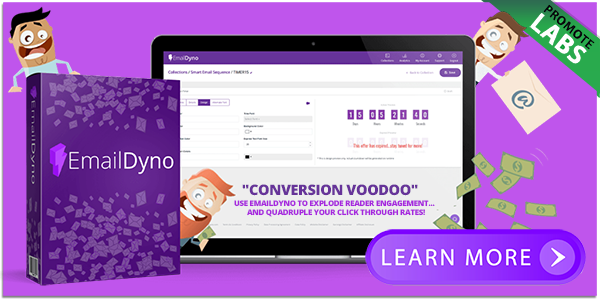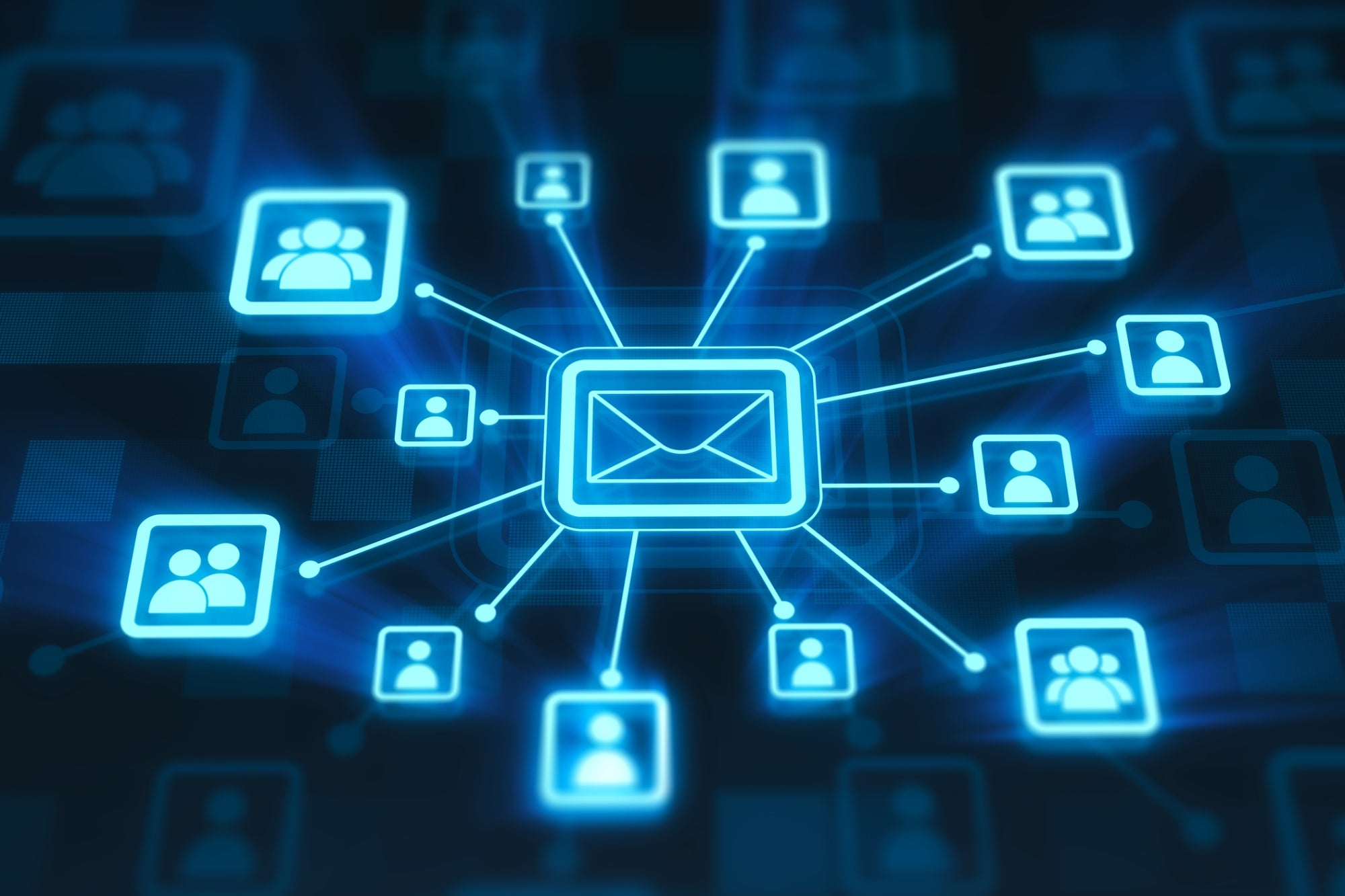This may sound like a "duh" step in your marketing prospect, but not having an…
4 Ways to Drive Revenue Through Retargeting
[ad_1]
When done correctly, email retargeting campaigns are some of the most powerful and engaging messages you can send. Their sole purpose is to get a customer to replenish an order, complete an order, or make another new purchase, which may sound rather difficult. But it can actually be quite simple.
Your retargeting strategy is based directly on the action of the customer – both their profile and their individual behavior. The goal: Send timely, relevant content that persuades them to come back to your site. There is no one type of retargeting message. For example, you would want to approach a subscriber who fails to open an email differently than one who clicked and browsed your site.
Let’s discuss the four types of retargeting emails you can send out today!
1. Remails
Remailing involves creating a segment of subscribers who did not open your email and sending the same email again. Just remember to change your subject line to help it stand out. They’ve ignored your message once. You don’t want it to happen again.
2. Browse Recovery
Think about those shoppers who viewed a few products or explored several categories but left your site before actually adding any of those items to a cart. Send them a message that includes a clear image of the item(s) they were viewing, and support it with customer reviews or other products of interest. Those who abandoned your site without carting may never intend to purchase, but they did come and look. Make the most of that opportunity!
Check out this example from Pottery Barn Kids. They immediately tout my local store and then clearly show the item I viewed, while reminding me of the awesome sale they’re running. Such a simple message that really gets the point across.
 In this next example, Pottery Barn sent me a category-specific browse recovery email within a few hours of me leaving their site. The call to action is for lighting, the category I was browsing. Another simple but very relevant message personalized for my shopping behavior with the brand’s site.
In this next example, Pottery Barn sent me a category-specific browse recovery email within a few hours of me leaving their site. The call to action is for lighting, the category I was browsing. Another simple but very relevant message personalized for my shopping behavior with the brand’s site.
 3. Cart Recovery
3. Cart Recovery
How many shoppers come to your site and go so far as to add products to a shopping cart but fail to follow through with the purchase? These subscribers have clearly told you what they’re interested in, the fact they have a need, and they’re looking to make a purchase. So the goal here is to get that conversion. Remind them that their cart is waiting for them, and encourage them to come back (with or without an incentive) to buy your products.
Below is an email I recently received from Pottery Barn Kids after I abandoned my cart. Just one big missed opportunity here, though – no call to action. It would have been great to see a “Complete My Cart” or “Proceed to Checkout” button. Remember: You want to make it easy for the customer to complete the purchase.
 4. Replenishment
4. Replenishment
As with browse and cart recovery campaigns, replenishment campaigns can be extremely effective because you have the luxury of knowing what products your customer is interested in and can really personalize your messages. You can estimate the buying cycle based on their past purchase behavior or average product life, and remind customers to restock their supply from you before they have a chance to shop for it elsewhere. Reorder emails can even be automated, but it’s important to pay close attention to the timing so they reach customers at the most appropriate time.
In this unique example, Warby Parker reminds me down to the second about when my FSA dollars will expire, encouraging me to use those dollars before they’re gone toward buying some of their glasses. What a genius idea!
 Remember: The end goal of retargeting campaigns is to get that conversion. Be sure your messages are straightforward and clearly support that goal, and that you use your customer information (past purchase activity, CRM data, email metrics) to craft the most compelling messages possible. You likely already have all the data you need. It’s just a matter of finding it and using it effectively for these personalized campaigns.
Remember: The end goal of retargeting campaigns is to get that conversion. Be sure your messages are straightforward and clearly support that goal, and that you use your customer information (past purchase activity, CRM data, email metrics) to craft the most compelling messages possible. You likely already have all the data you need. It’s just a matter of finding it and using it effectively for these personalized campaigns.




